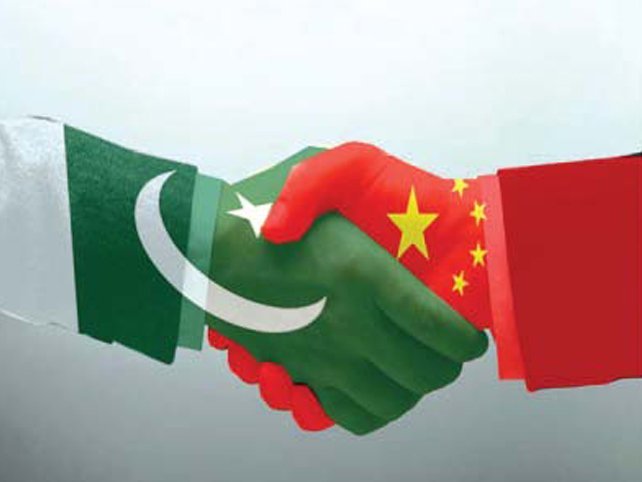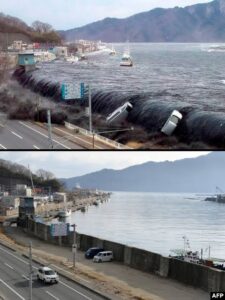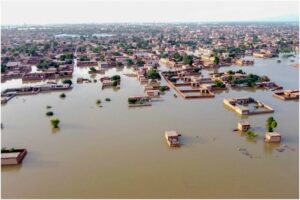China and Pakistan share common borders, common interests, and more or less common enemies. So far the Chinese education is concerned, it is a matter of utmost diligence on the part of China.
As soon as the communists came to power in 1949, they took up three educational tasks of prime importance: teaching many illiterate people to read and write, training the personnel needed to carry on the work of political, agricultural, and industrial nature, and remolding the behavior, and outlook of the people.
In China, education is divided into three categories: basic education, higher education, and adult education. By law, each child must have nine years of compulsory education. In Pakistan, the conditions are no more different. Article 25 A of the 1973 Constitution of Pakistan makes education for children aged 5 to 16 free and compulsory. Under Pakistan’s Constitution, it is the responsibility of the state to provide every child with compulsory secondary education.
Also, the number of subjects and textbooks being taught as part of the curriculum in both countries are similar in many ways.
The difference, perhaps, lies in the outcome. What is more is the difference in infrastructure, classroom discipline, and environment, school timings, methods of examination, and assessment. All these aforementioned things are far more established and all-encompassing in China than in Pakistan. Pakistan lacks in all of the aforementioned areas, especially across public sector schools and medium to low budget private school systems.
Lack of rational thinking
Another pertinent factor is the lack of rational thinking in education. Our education system is pretty much destined to produce rote learners that memorize things essentially well but remain largely unable to have a clear understanding of the learned material and the relationships between its various components.
Max Weber, indeed, was the first to put up the idea of rationalization in education. Weber considered rationality to be necessary for organizations to operate efficiently. Rational thinking motivates people to act beyond their rigid and religiously motivated desires and beliefs.
The difference in the literacy rates
The literacy rate of a country is an indication to measure how successfully education is being imparted. Literacy is the ability to read, write, comprehend various contexts.
The statistic shows the degree of adult literacy in China in 2018 the literacy rate had reached about 96.8 percent. A nearly 90 percent literacy rate is an internationally agreed target for the education of the population in a country. China has successfully managed to cross that international target. Pakistan’s situation, however, is cumbersome in this regard. According to Statista, the literacy rate of Pakistan is around 59 percent. Moreover, the Economic Survey of Pakistan noticed the stagnant literacy rates across the country since 2014-15.
Quality of education
Quality of education stands compromised too in our country when compared to that of China. Especially, the higher education, that is mainly responsible to drive a country towards progress by providing professional expertise.
The difference in the number of graduates
According to an estimation made in 2017, some 445,000 graduates and 80,000 computer graduates come out from the institutions of higher education of Pakistan annually. They face subsequent financial and mental constraints due to a lack of employment opportunities and work satisfaction.
Contrary to that, the higher education system of China has got popularity all over the world. China has broken the record of the USA with respect to the number of graduates who come out after completing their graduation and postgraduate.
International standards in education
The higher education institutions in China are running certain educational programs for students to meet the international education standards. So far China is the world’s number one country in terms of sending Chinese students to the world’s distinguished universities and more research papers are published in China than in the USA.
International influence in education
The rich world is selling education. China is using it to buy influence. In countries such as Britain, Australia and America, foreign students are welcomed mostly because universities can make more money out of them than out of locals. In China it is the opposite. Foreign students enjoy big subsidies in China. They are more generously treated than local students.
For many of the foreign students, a cheap degree is the main attraction. Several of the Pakistanis tried, but failed, to get European, North American and Australian scholarships; getting a degree at home would be much costlier than the one the Chinese are offering. BRI is yet another initiative to attract the foreign graduates. China says it reserves 10,000 of its scholarships every year for students from bri countries.
Around the world the dreams of many international students have been shattered by the pandemic. The virus has also damaged China’s hopes to continue as a major destination for international students. In 2019 it was third globally, receiving almost 500,000 foreign students, just behind Britain, though still only half the number going to America.
📍 English Language Educator | Blogger & Content Strategist | 7+ Years in Educational Blogging
Nosheen Bashir is a dedicated English teacher and experienced blogger with over seven years of expertise in content creation and educational writing. Passionate about language, literature, and effective communication, she combines her teaching experience with blogging skills to create insightful, research-backed content that helps learners and educators alike.
🔹 Expertise & Achievements:
✔ English Language Education: A skilled educator with years of experience in teaching English grammar, literature, and communication skills to students of varying levels.
✔ Educational Blogging: Running a successful blog for 7+ years, delivering well-structured, engaging content on language learning, writing techniques, and academic success.
✔ SEO & Content Strategy: Specializes in creating high-ranking, authoritative articles that follow Google’s EEAT principles, ensuring content that is both informative and search-friendly.
✔ Student-Centric Approach: Committed to making English easier, engaging, and accessible, helping readers and students improve their language proficiency.
🚀 With a passion for teaching and writing, Nosheen Bashir is dedicated to crafting educational content that empowers students, teachers, and language enthusiasts worldwide.







